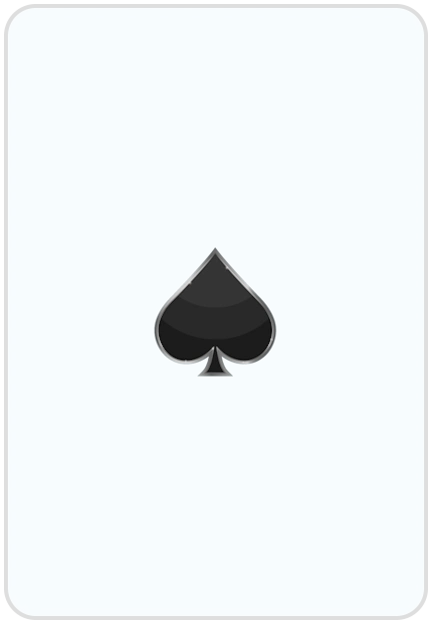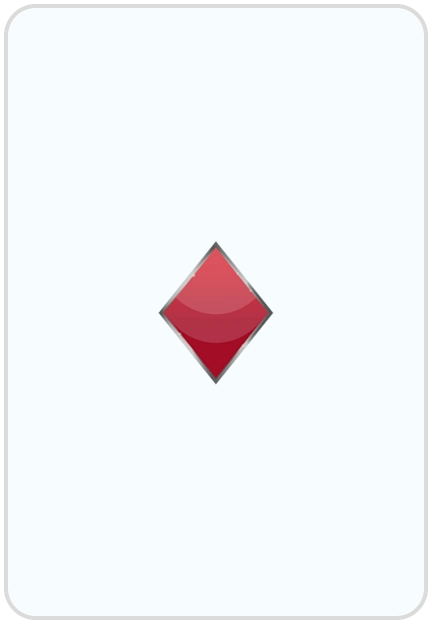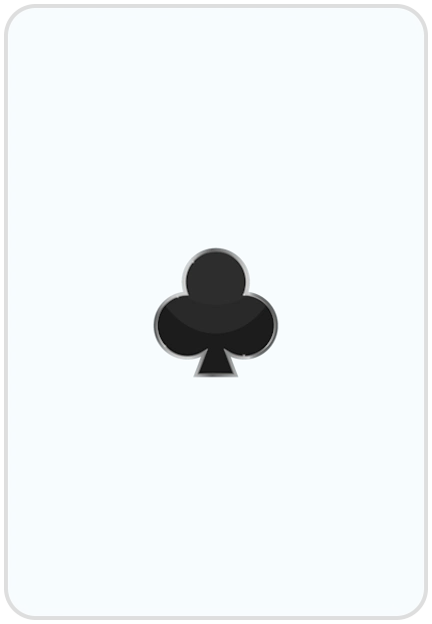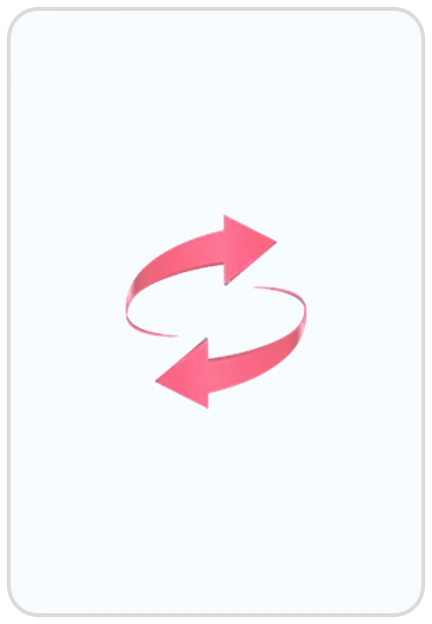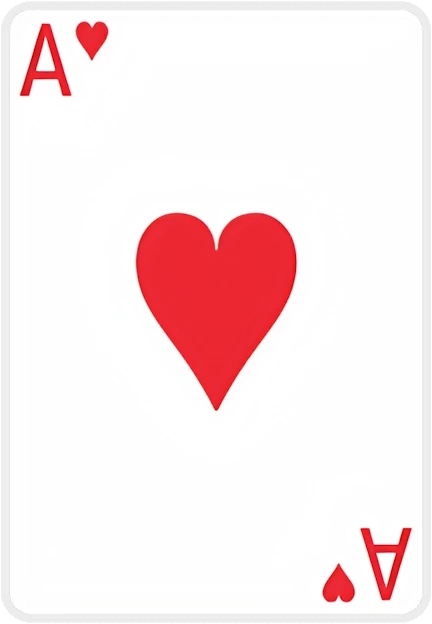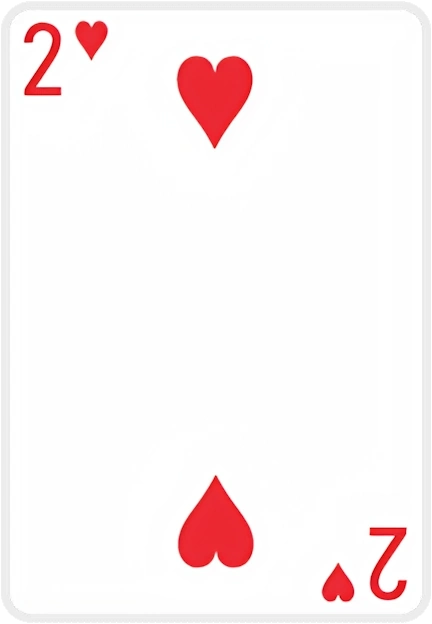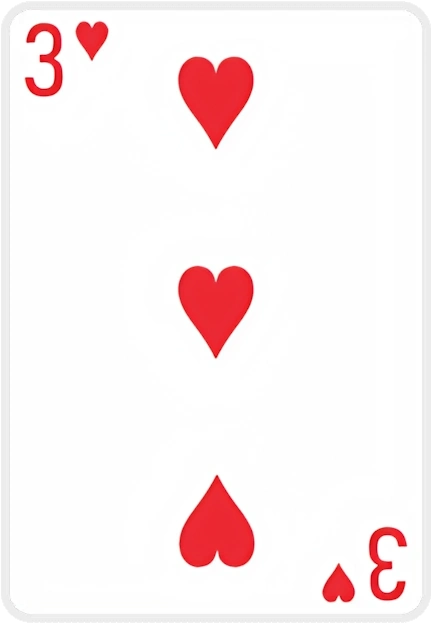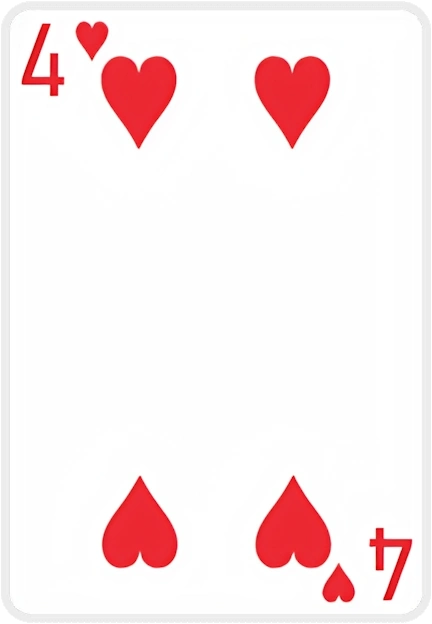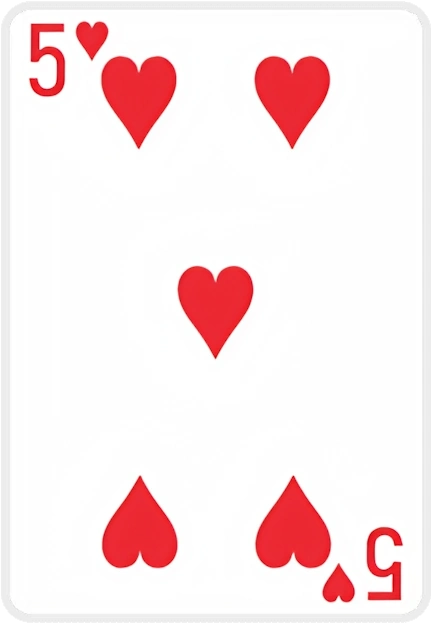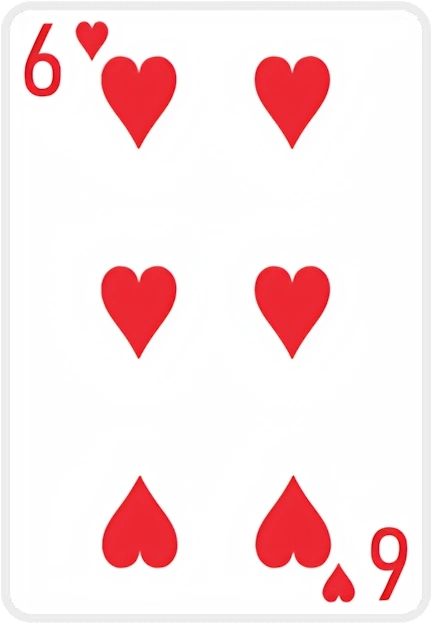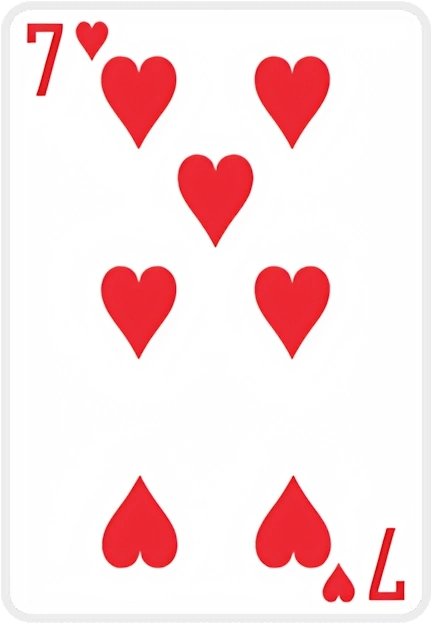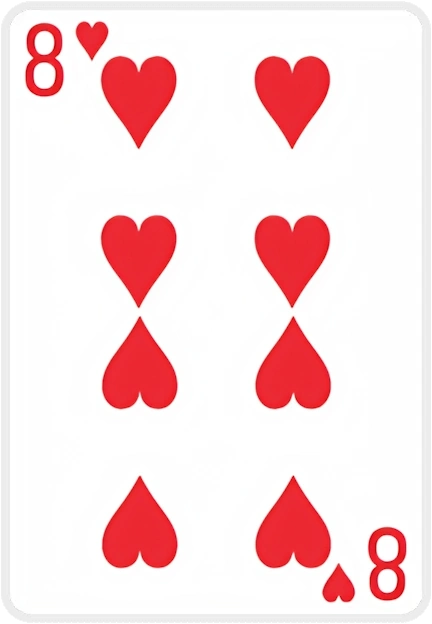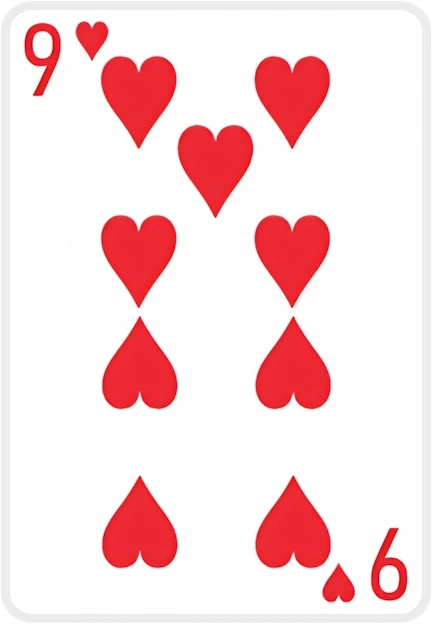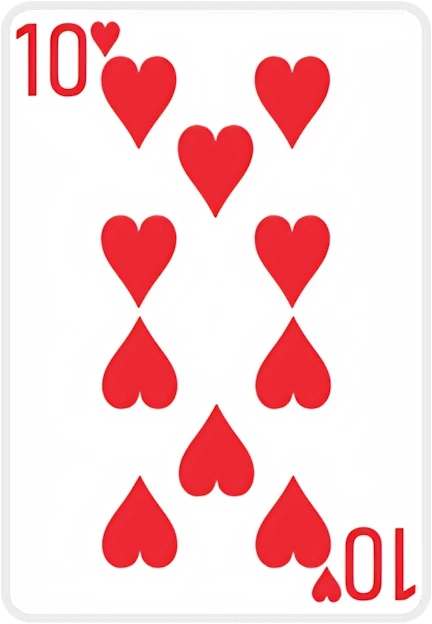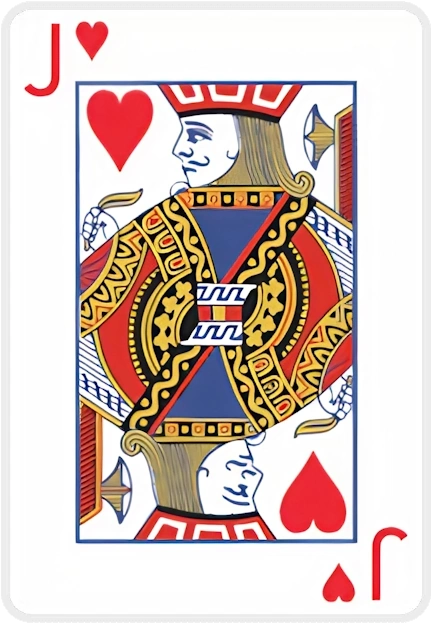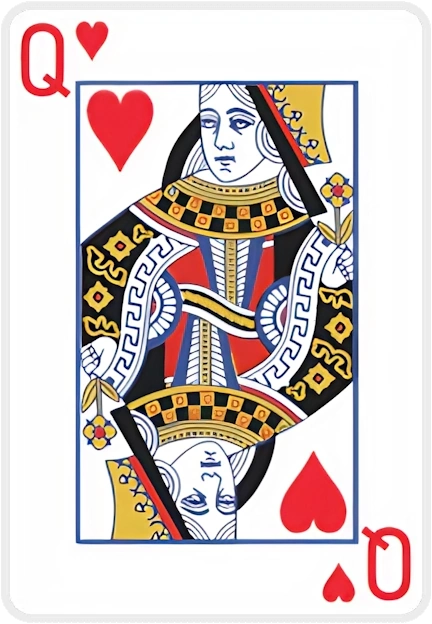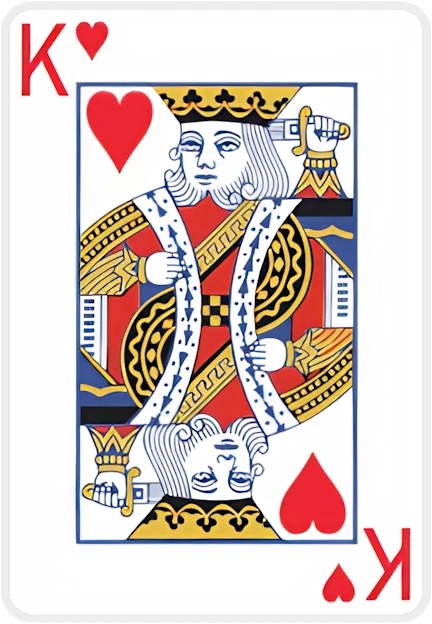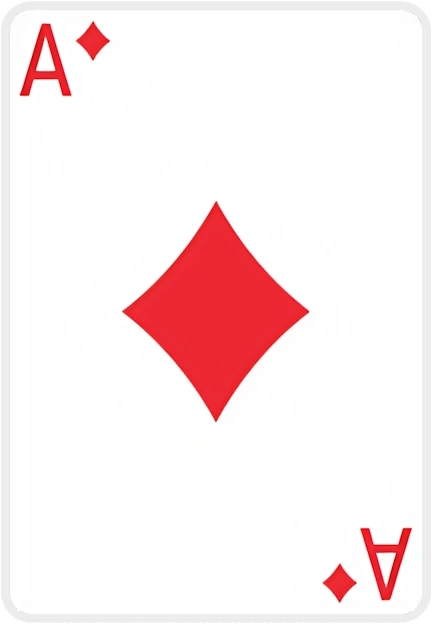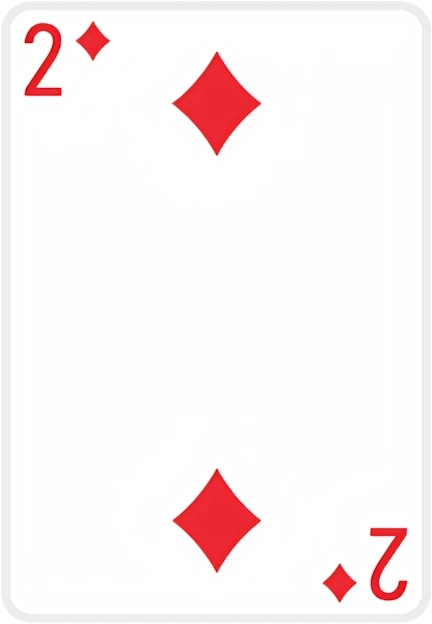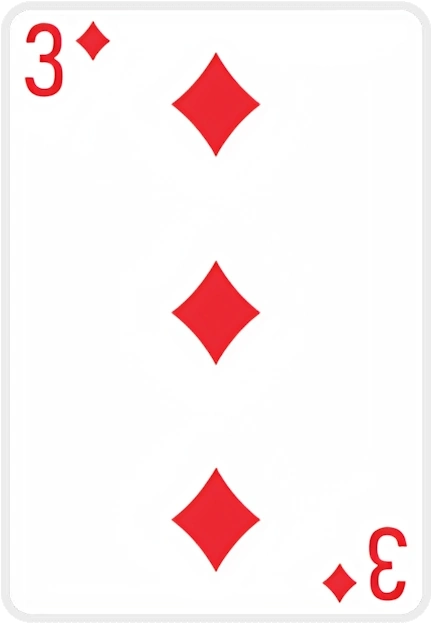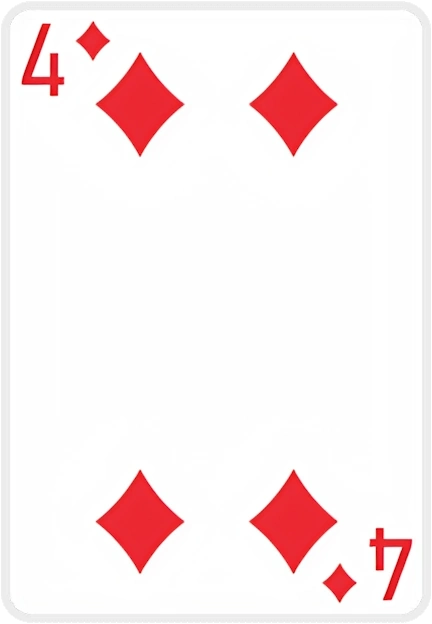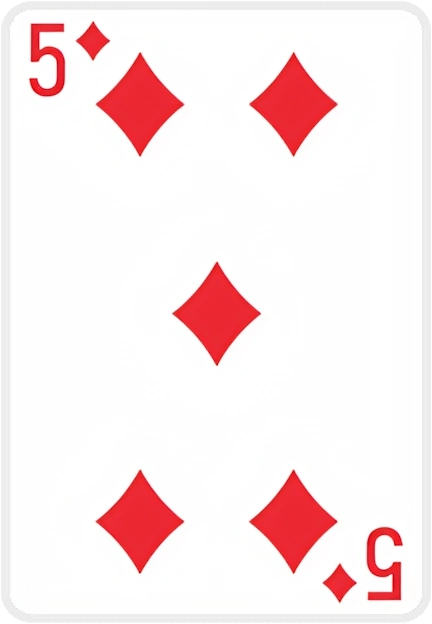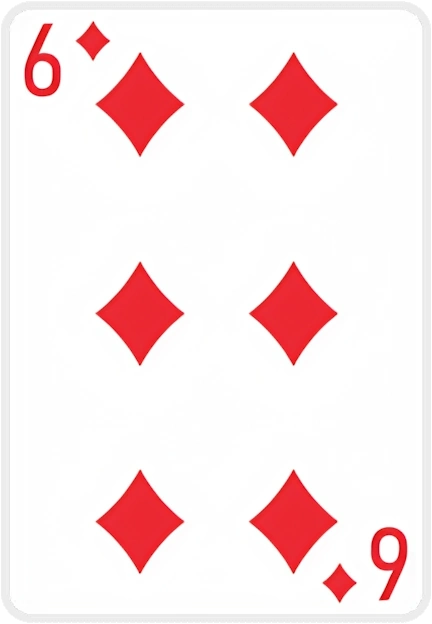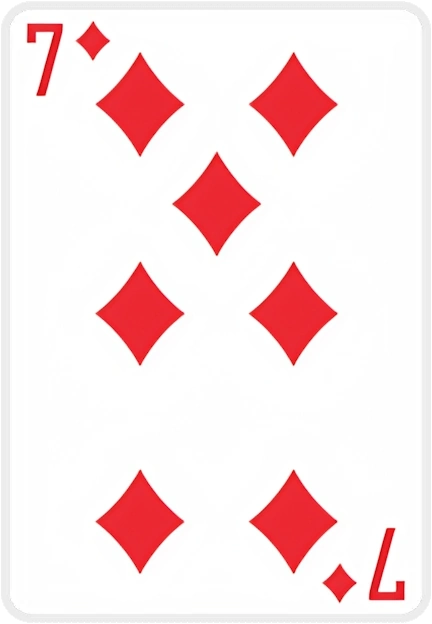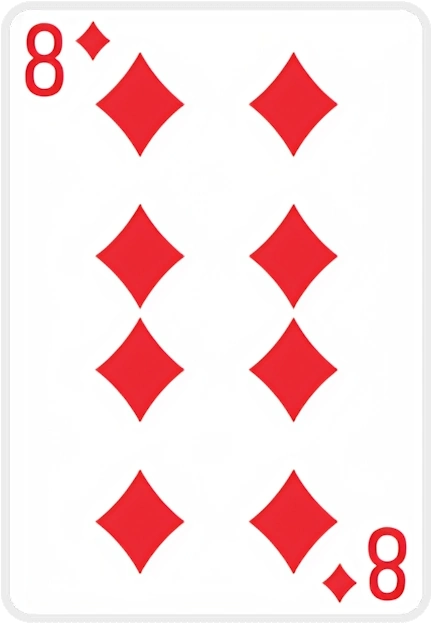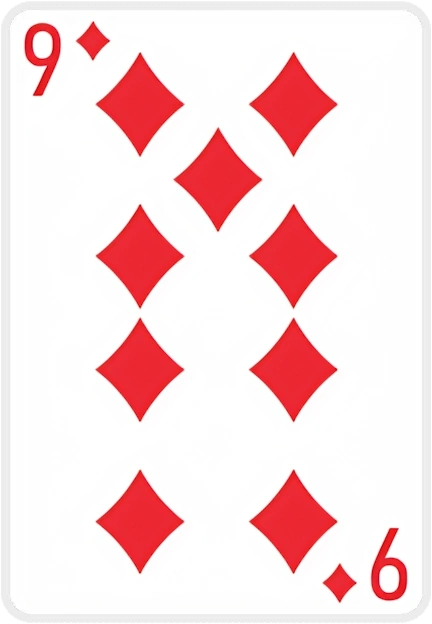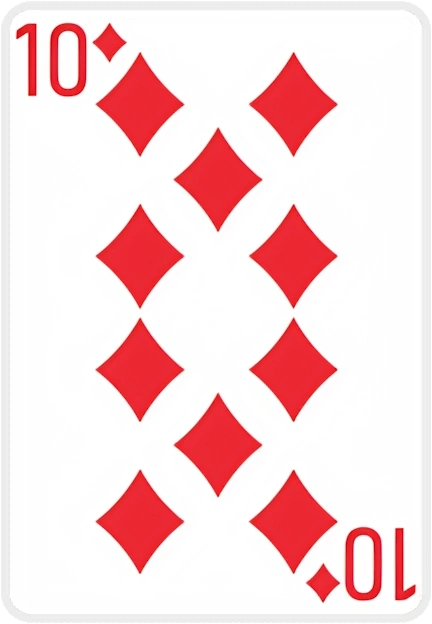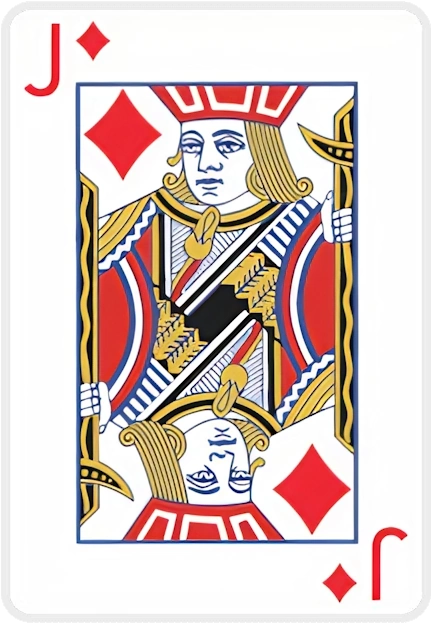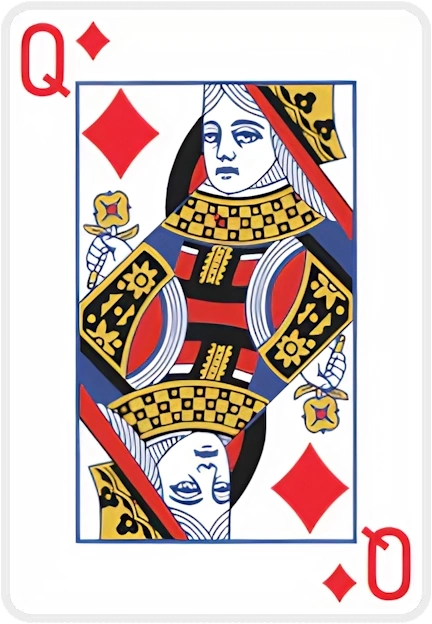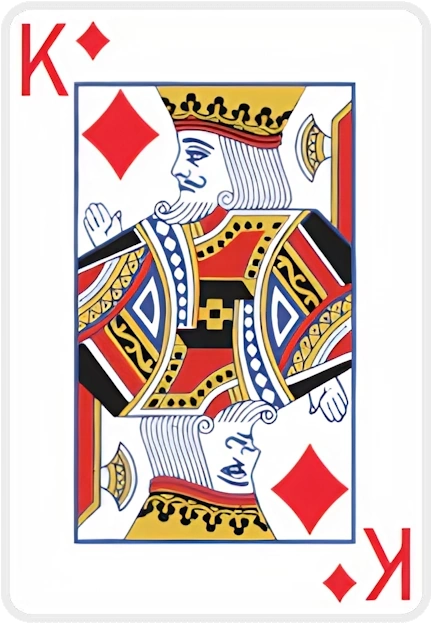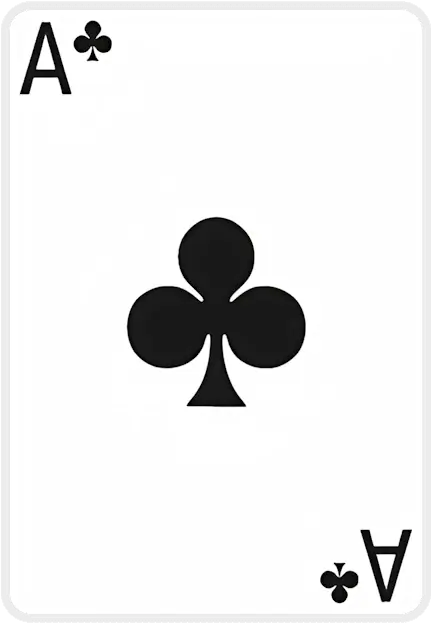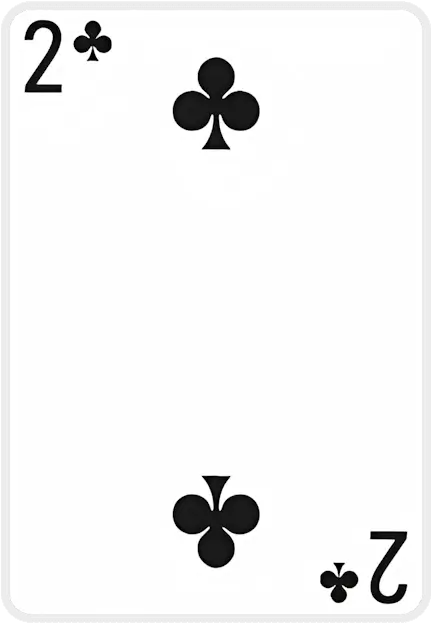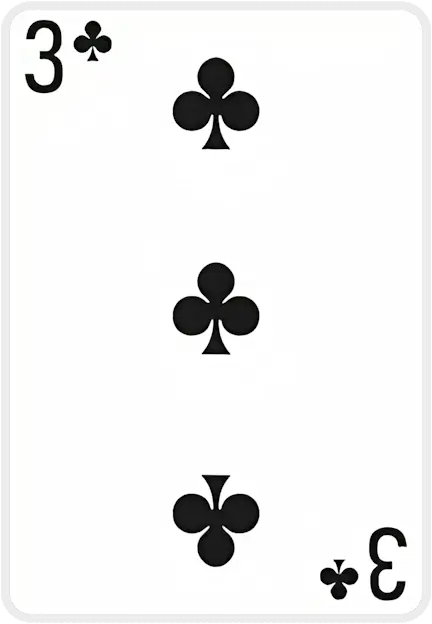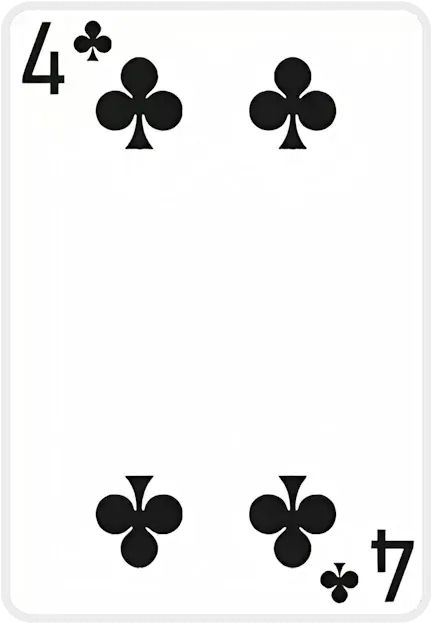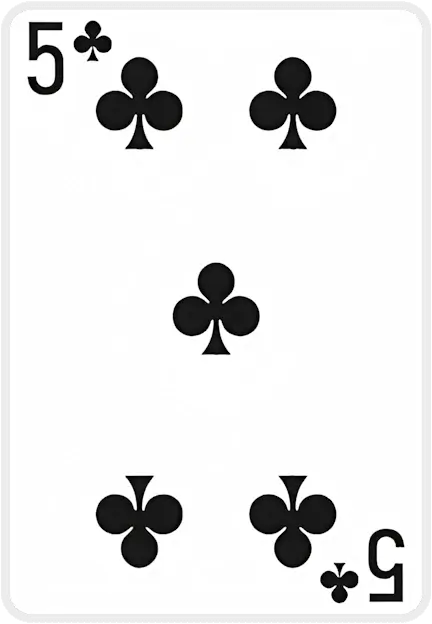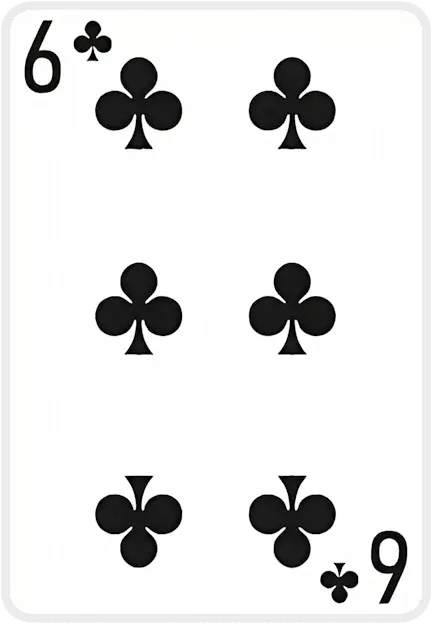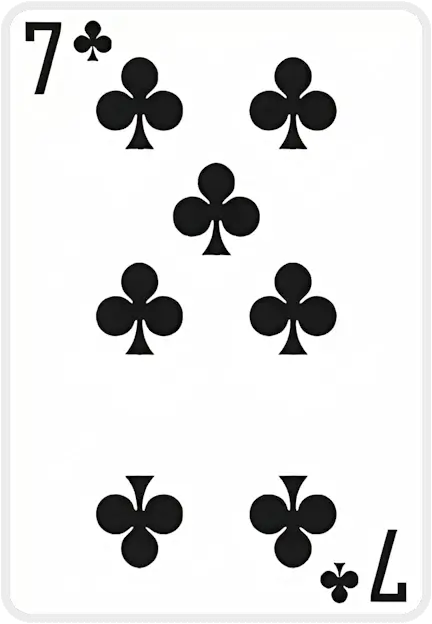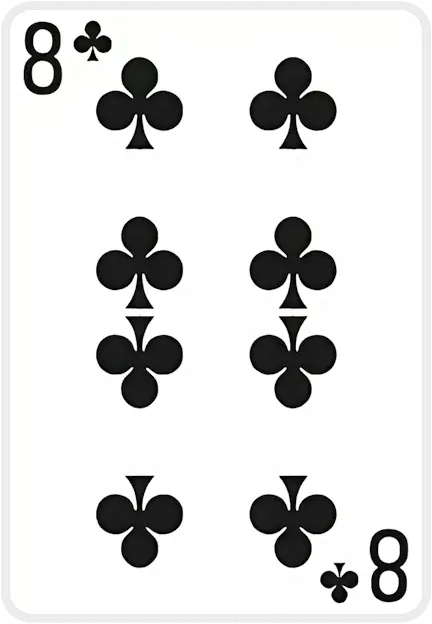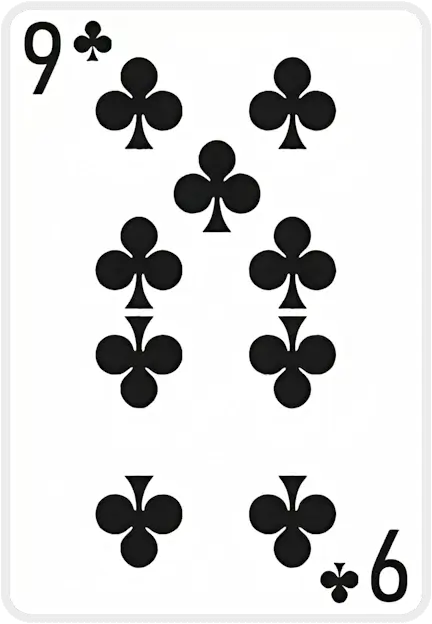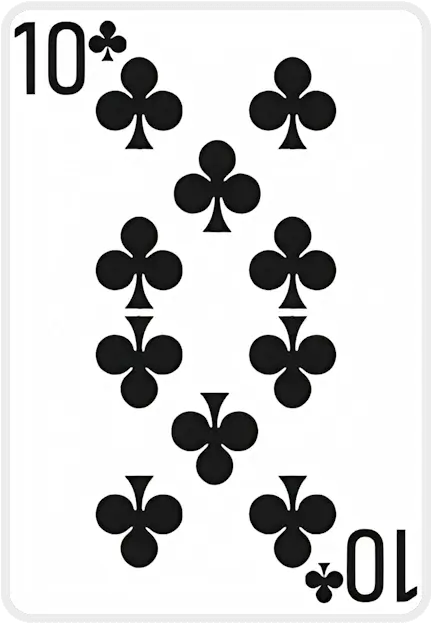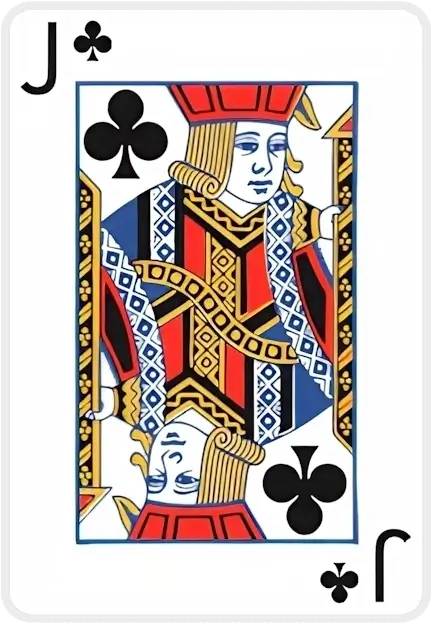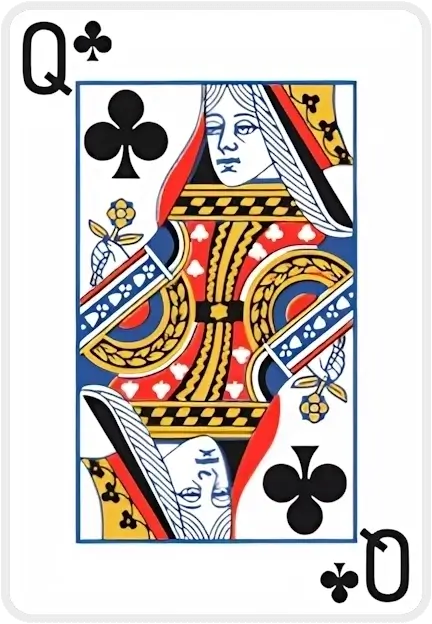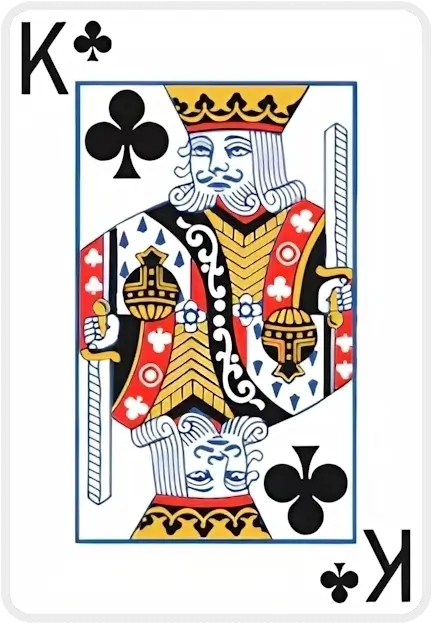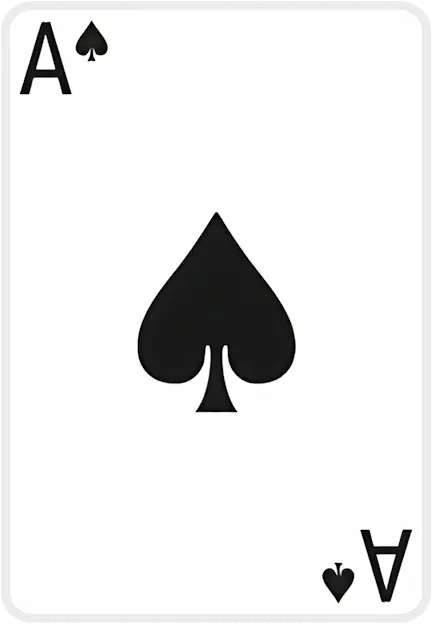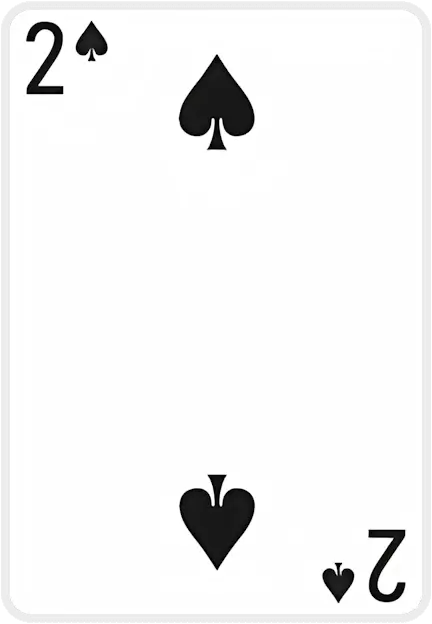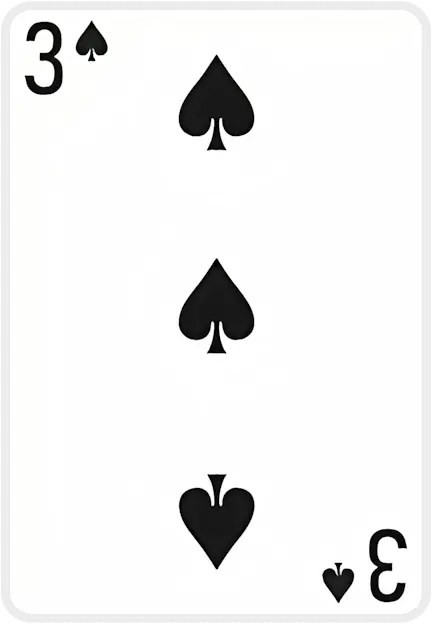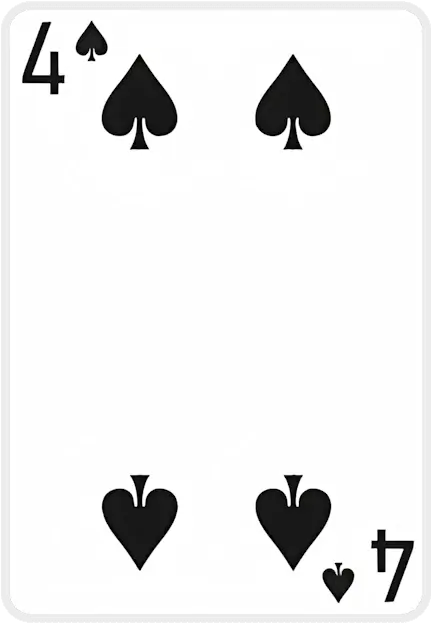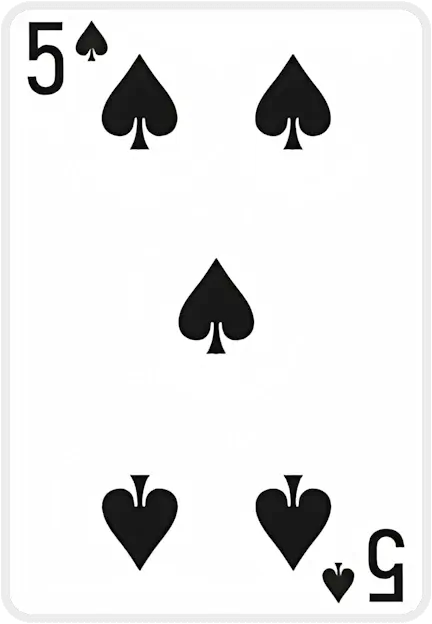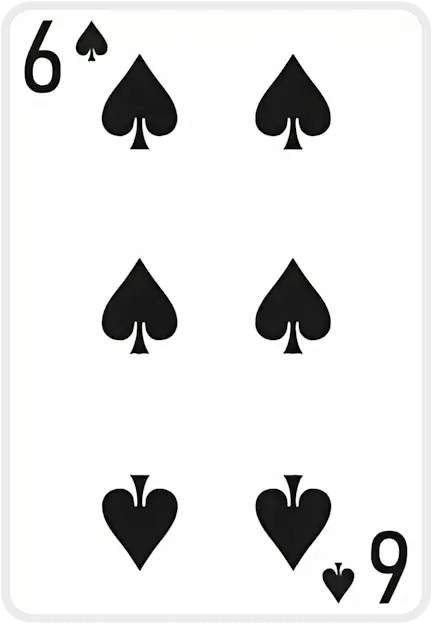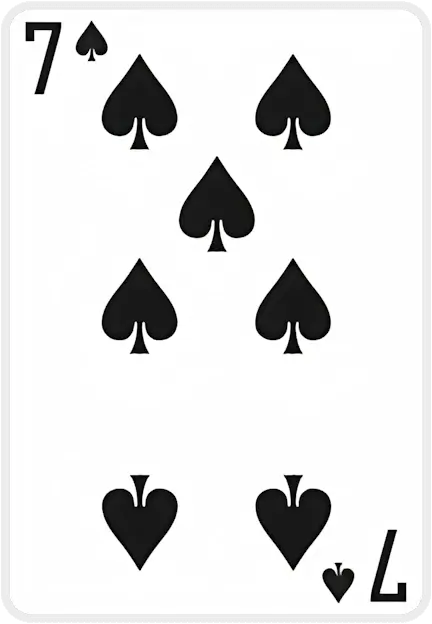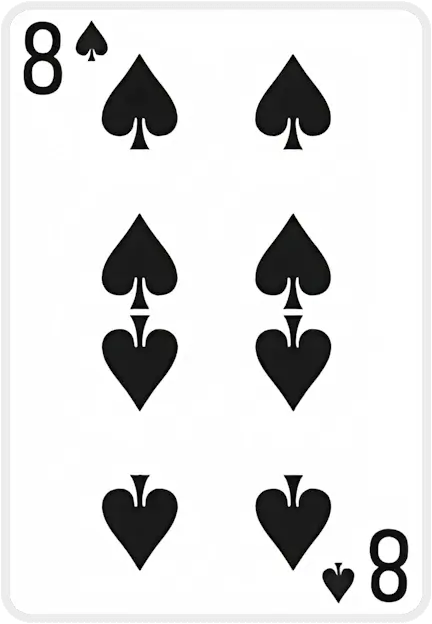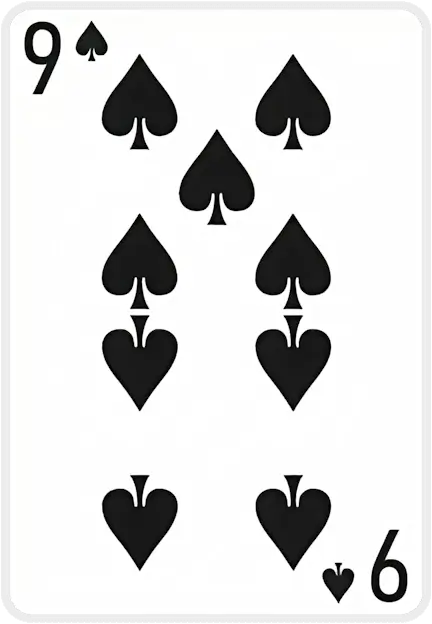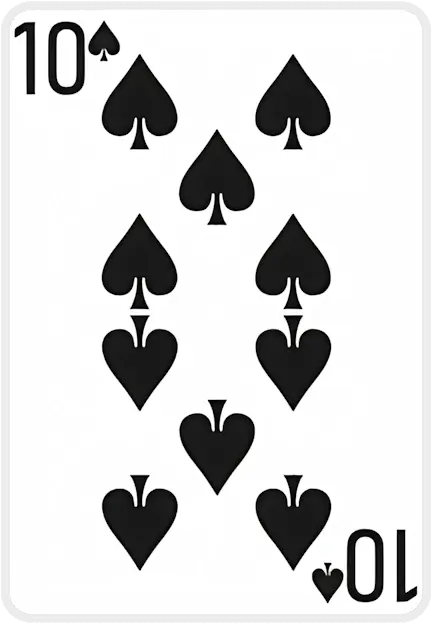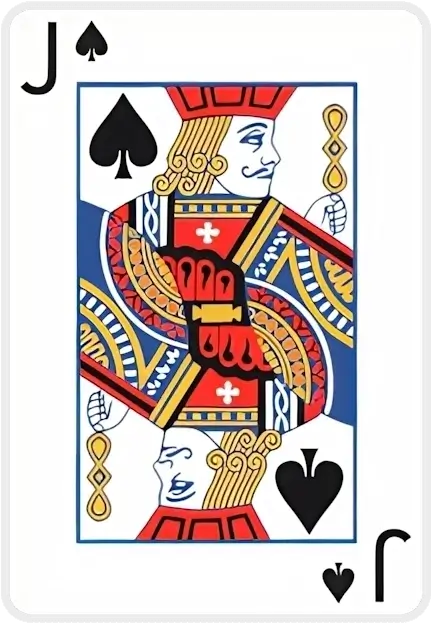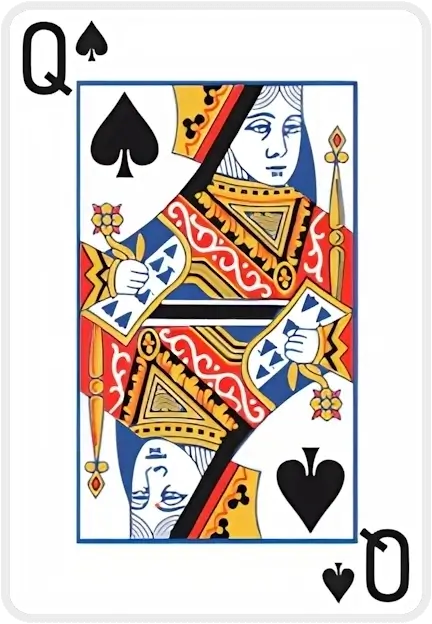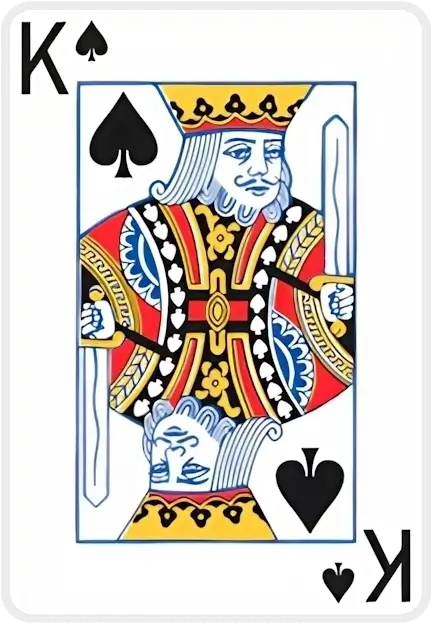Karte kann nicht abgelegt werden, sie muss eine entgegengesetzte Farbe haben
Cannot drop, your card needs to be one rank lower
Cannot move multiple cards to foundation
Card suit doesn't match foundation pile suit
Card can only be dropped on top of a card pile
Cannot deal cards when there are empty tableau piles
You can only move {0} card(s) at a time based on the current free cells and tableau
The cards don't add up to 13 and cannot be moved
The card is inaccessible and move cannot be performed
Cards must be in sequential order (one higher or lower)
Eight By Eight
Eight by Eight Solitaire – Play Online for Free at SolitaireX
Eight by Eight Solitaire is an exciting two-deck solitaire game that offers a unique twist for seasoned players. You can play Eight by Eight Solitaire online for free at SolitaireX – just visit solitairex.io/eight-by-eight-solitaire and start playing instantly. This game is part of SolitaireX’s “Other” collection of free solitaire games (found under the Other Games category), showcasing solitaire variants beyond the usual classics. Eight by Eight Solitaire is known for its friendly rules, strategic depth, and a remarkably high win rate (around 95% of deals are winnable with good play). Read on to learn about the rules, history, and pro tips for mastering this engaging solitaire variant.
Overview: Rules and Objective of Eight by Eight Solitaire
Illustration: The initial layout of Eight by Eight Solitaire – 8 tableau piles of 8 cards each are dealt face-up, with 8 foundation slots at the top and a stock pile for drawing cards (not shown). All 64 tableau cards are visible from the start, creating an open and strategic playing field.
Objective: The goal of Eight by Eight Solitaire is to move all the cards to the eight foundation piles, building each foundation up in suit from Ace through King. Using two decks of standard cards (104 cards total), you must organize the cards by following the tableau rules and make use of the stock pile to achieve this objective. When all 8 foundations show sequences of a suit from Ace to King, you win the game.
Key Rules and Layout: Eight by Eight Solitaire gets its name from the layout: 8 tableau piles with 8 cards in each pile, dealt at the start. Below is a summary of the rules and layout:
-
Tableau: There are 8 tableau columns, and all cards in the tableau are dealt face-up at the beginning (no hidden cards). You build tableau piles down by rank, regardless of suit (unlike Klondike which alternates colors). For example, any card one rank lower can be placed on a given tableau card (a 3 can go on any 4, no matter the suits). You can move single cards or a group of cards in proper sequence from one tableau pile to another as a unit. This ability to move sequences adds a strategic, almost Spider-like flexibility to the game. When you empty a tableau pile, you may fill the space with any single card (there’s no “only Kings can fill spaces” rule here). Tip: Creating empty piles early can greatly increase your maneuverability.
-
Foundations: There are 8 foundation piles (one for each suit in each deck). Foundations start with an Ace and are built up by suit in ascending order up to King. For instance, after an Ace of hearts, you would place the 2 of hearts, then 3 of hearts, and so on up to King of hearts. Each foundation will ultimately hold 13 cards (Ace through King). The objective is to get all cards onto these foundations in the correct order. You’ll typically move Aces to foundation as soon as they become available, then add 2’s, 3’s, etc. of matching suits on top. Once a card is on a foundation, you generally cannot bring it back to the tableau, so plan your moves carefully.
-
Stock & Waste: After the initial deal of 8×8 tableau (which uses 64 cards), the remaining cards form the stock pile. Whenever you run out of moves on the tableau, you can click or tap the stock to deal cards to a waste pile. In Eight by Eight Solitaire, the stock is dealt in a special way: on the first pass, cards are flipped three at a time onto the waste; on the second pass (after a redeal), cards come out two at a time; and on the third (final) pass, cards are dealt one at a time. In total, you get two redeals (three trips through the stock pile) to cycle through all the stock cards. This diminishing draw size (3-2-1 cards) is a distinctive feature of the game that increases your chances of finding useful cards in later passes. The top card of the waste pile is always available to play onto either a foundation or a tableau pile. Note: You cannot use the stock when there are any empty tableau slots – you must fill any empty column first before dealing more cards (a common solitaire rule to prevent bypassing available moves).
-
No Redeal after Third Pass: After you’ve exhausted the three passes through the stock, there are no further redeals. However, given the large starting tableau and flexible moving rules, you will often be able to complete the game before the stock is fully consumed. An average player wins roughly 95% of the time in Eight by Eight Solitaire, and skilled players can win nearly every game they play, which is a far higher success rate than most solitaire games. This makes it very satisfying for those who love to win with good strategy!
With these rules, Eight by Eight Solitaire plays like a more relaxed cousin of the classic Forty Thieves solitaire. All cards in the tableau are visible upfront (allowing for more strategy and less luck), and the ability to build down regardless of suit and move whole sequences makes it more forgiving. Next, we’ll walk through how to play step by step, then delve into the game’s history and some advanced tips.
How to Play Eight by Eight Solitaire (Step-by-Step)
Learning to play Eight by Eight Solitaire is straightforward, especially if you’re already familiar with games like Klondike or Forty Thieves. Here’s a step-by-step guide:
-
Deal the Initial Layout: Start the game by dealing out the cards into 8 columns (tableau piles) with 8 cards in each column. All these cards are face-up, immediately visible. Arrange the tableau in a neat grid – this 8x8 grid of cards is what gives the game its name. The remaining cards (if any) go into a face-down stock pile set aside, with an adjacent area for the waste pile. There are also 8 empty foundation slots waiting for Aces to be placed.
-
Understand the Goal: Remember that the goal is to build up the 8 foundations from Ace to King by suit. Whenever an Ace appears (in the tableau or waste), move it to a foundation pile. As you continue playing, you will build on these foundation piles in sequence (Ace, 2, 3, ... up to King of each suit). Keep an eye on opportunities to move cards to the foundation, since ultimately all cards must end up there to win.
-
Make Tableau Moves: On the tableau, you can move cards around to uncover hidden cards and free up Aces or other low cards. Build cards downward in rank on the tableau, regardless of suit. This means any card that is one rank lower can go on another card. For example, you can place a 10 on a Jack of any suit, or a 5 on a 6 of any suit, etc. If you have a sequence of cards in descending order, you can move the whole sequence as a single unit onto another pile, as long as the move itself follows the descending rule. Take advantage of moving groups of cards to reposition entire sequences and expose new cards.
-
Use Empty Columns Wisely: If you empty a tableau column (by moving all its cards elsewhere), that space can be filled with any single card you want from another pile or the waste. Unlike some solitaire games, you are not restricted to Kings – any card can be placed into an empty column. This flexibility is powerful. A good strategy is to free up at least one empty column early on, because it gives you a place to temporarily park cards or sequences that are in the way. Example: If you uncover a buried Ace or another crucial card, you might move some cards to an empty pile to free that card sooner.
-
Draw from the Stock: When no more moves are available directly on the tableau (and no empty piles are available to fill), it’s time to use the stock. Click or tap the stock pile to flip over cards to the waste. Remember, the game allows up to three passes through the stock. On the first pass, 3 cards are flipped at a time to the waste. Try to make any possible moves with the waste pile’s top card (or cards revealed underneath if you remove the top) before flipping again. If you go through the waste with still cards left unplayed, you can gather the waste back (after the first pass) and start a second pass, this time dealing 2 cards at a time. Similarly, a third pass deals 1 card at a time. Use all these passes to your advantage – by the final pass, you get to see every card one by one, which greatly increases your chances of organizing everything successfully.
-
Continue Building Foundations: As you reveal new cards from the tableau or waste, continue placing any playable cards onto the foundations. Always prioritize moves that contribute to getting cards onto the foundation piles, especially low-ranking cards. For example, if a 2 of clubs becomes available and you have an Ace of clubs already on a foundation, move that 2 to the foundation. Every card moved to foundation is one less card cluttering the tableau. However, also be cautious: sometimes moving a card to the foundation too early can leave you without the card you need for a tableau sequence. Advanced players learn to balance when to leave a card in tableau versus moving it to foundation (we’ll cover more on strategy below).
-
Win by Completing All Foundations: Keep cycling between making tableau moves and drawing from the stock until eventually all cards find their place on the foundations. The game is won when each of the 8 foundation piles contains a full sequence from Ace to King in suit. If you’ve planned well and used the redeals effectively, you’ll often be able to clear the tableau completely. Celebrate your victory, check your time/moves if you track stats, and then try another deal! Because Eight by Eight Solitaire has such a high winning probability, many players enjoy trying to win every single deal or improve their speed and efficiency each game.
By following these steps, you’ll get the hang of Eight by Eight Solitaire in no time. Next, let’s explore a bit of the history and origins of this solitaire variant and see how it differs from other solitaire games you might know.
History and Origins of Eight by Eight Solitaire
Eight by Eight Solitaire is a modern solitaire variant that likely emerged during the 20th century as solitaire enthusiasts and developers created new games. It is closely related to the classic Forty Thieves solitaire game family. Forty Thieves (a well-known two-deck solitaire from the 19th century) is notoriously difficult – it uses two decks and has ten tableau piles, but you can only build down by suit and move one card at a time in the tableau. Eight by Eight Solitaire can be seen as a more accessible offshoot of that concept, with rules tweaked to make the game more winnable and enjoyable:
-
Family Resemblance: Like Forty Thieves, Eight by Eight uses two decks and the goal is to build foundations from Ace to King by suit. In fact, many collections and experts explicitly classify Eight by Eight as a Forty Thieves variant. The initial deal of 8 columns with 8 cards is different from Forty Thieves’ 10 columns of 4, but both games start with 40% of the cards in play on the tableau (Eight by Eight deals 64 of the 104 cards to the tableau, whereas Forty Thieves deals 40 of 104). This means Eight by Eight actually gives you more cards face-up at the start than Forty Thieves does, making information more open.
-
Differences from Classic Solitaire Games: Unlike Klondike Solitaire (the classic one-deck “draw three” game many know), Eight by Eight has no hidden face-down cards in the tableau – everything is visible from the start. This shifts the game’s challenge from luck (hoping to flip the right hidden card) to pure strategy and planning. Also, Klondike has 7 piles and allows building down by alternating colors, whereas Eight by Eight has 8 piles and allows building regardless of suit. Compared to Spider Solitaire, Eight by Eight has foundations like most solitaire games (Spider doesn’t use foundation piles in the same way) and uses standard decks with all suits, but the freedom to move sequences and the emphasis on open information feel somewhat similar to Spider’s gameplay. Eight by Eight does not use any “free cells” like FreeCell or Eight Off (despite the similar name Eight Off, which is a completely different one-deck game in the FreeCell family). Instead, Eight by Eight relies on its empty tableau columns as temporary storage, functioning a bit like free cells when empty. This gives it a unique identity straddling the line between tableau-building games and open-information games.
-
Origins and First Appearances: It’s hard to pin down the exact origin of Eight by Eight Solitaire – it doesn’t appear in the old 19th-century books of solitaire (which often included Forty Thieves and a handful of variants). The game gained recognition through digital solitaire collections. For example, the popular software Pretty Good Solitaire and BVS Solitaire Collection both introduced Eight by Eight as one of the games in their catalogs. Solitaire creator Thomas Warfield (author of Pretty Good Solitaire) included Eight by Eight in his collection, indicating it might be an original game or adaptation that came about in the late 20th century. BVS Solitaire Collection added Eight by Eight in an update, confirming it as a relatively modern addition to the solitaire universe. Thus, unlike classics such as Klondike or FreeCell which have known historical origins, Eight by Eight is a product of the inventive solitaire boom that came with computer solitaire suites.
-
Relation to Persian Patience: Interestingly, Eight by Eight Solitaire has a cousin in older solitaire literature known as Persian Patience (also called “Persian” or sometimes even listed under the name Eight by Eight in certain sources). Persian Patience uses a very similar 8x8 layout and also employs two decks, but with a “stripped” deck – all cards 2 through 6 of each suit are removed, leaving 64 cards total. In Persian Patience, you deal out those 64 cards into the 8 piles (so no stock), and the building rules are more restrictive: tableau building is by alternating color and only one card can be moved at a time. You are allowed two redeals of the tableau in Persian Patience (gathering and redealing the cards into piles) instead of having a separate stock/waste mechanism. Eight by Eight Solitaire, as implemented on SolitaireX and other modern platforms, differs by using the full decks and easier rules (building down in any suit, moving sequences, etc.). Essentially, you can think of Eight by Eight as a more relaxed, player-friendly evolution of Persian Patience – removing the 2–6 cards and strict one-card moves, and instead giving us stock redeals and sequence moves. These changes boost the win rate dramatically (Persian Patience is quite difficult to win, whereas Eight by Eight is very high-win). It’s a great example of how solitaire rules evolve to create new experiences.
In summary, Eight by Eight Solitaire may not have a centuries-old pedigree, but it stands on the shoulders of solitaire giants like Forty Thieves. It was likely popularized in the digital era to offer players a two-deck game that’s challenging yet fair. Its differences from other solitaire games make it a refreshing change of pace for veteran players. Next, we’ll cover some tips and strategies so even seasoned solitaire pros can sharpen their Eight by Eight skills.
Tips and Strategies for Advanced Players
Eight by Eight Solitaire might be easier to win than many solitaire games, but that doesn’t mean it lacks strategy. For seasoned players aiming to win every deal or improve their completion time, here are some advanced tips and strategies:
-
Prioritize Freeing Aces and Twos: As with most solitaire games, getting the Aces out to the foundations is critical. In Eight by Eight, you start with all cards visible, so scan the tableau for buried Aces and low-number cards (like 2s and 3s). Focus on moves that will free those cards. For example, if an Ace is deep in a pile, try to move the cards above it to other piles or an empty column. Once free, immediately send Aces to the foundation, then try to uncover the corresponding 2 of that suit next. Establishing all eight foundation piles early gives you more options for unloading cards from the tableau.
-
Use Empty Columns as Tactical Space: Empty tableau columns are incredibly powerful in Eight by Eight Solitaire. Whenever you completely clear a column, pause and think how best to use that space. You can temporarily park any single card there, which is great for moving a buried sequence. One advanced technique is the “supermove” concept: because you can move sequences as a group, you can effectively relocate a long sequence by moving it into an empty space and then onto another pile in one maneuver (if the target card is appropriate). If you have multiple empty columns, you can move even longer sequences by leapfrogging cards between empties. Always try to keep at least one column empty as a maneuvering slot – don’t fill an empty space with a random card unless it’s helping unlock a specific needed card.
-
Plan Around the Stock Redeals: You get three passes through the stock, which means you should plan for those cycles. Don’t be too eager to draw from the stock if there are still useful moves in the tableau. It’s often wise to make every possible tableau move before tapping the stock, especially on the first pass. Each time you go through the stock, try to play as many waste cards as you can to either the tableau or foundation. Remember that after the first pass (3 cards at a time) and second pass (2 at a time), you’ll have a final pass with 1 card at a time – effectively giving you a chance to see and play every remaining card. Savvy players will sometimes hold off on certain moves or intentionally not play a waste card in the first pass if they anticipate it becoming more useful in a later pass (when it might appear alone). This kind of forward thinking comes with experience, but it can be very rewarding.
-
Build Foundations Evenly: Because the goal is to get all cards onto foundations, it’s important not to neglect any suit. Try to build up foundations in parallel rather than taking one all the way to King immediately while others lag far behind. For example, if you keep building hearts up but clubs and diamonds haven’t moved because their lower cards are buried, you might trap higher cards of hearts in the tableau that you need to move. A good rule of thumb in solitaire is to advance foundations as long as it doesn’t prevent you from moving cards in the tableau. In Eight by Eight, since sequences can move freely, this is less of a concern than in games like FreeCell – but you should still be cautious. If moving a card to the foundation will orphan a sequence in the tableau (because the next needed card is still buried), you might hold off briefly. Balance is key.
-
Analyze Tableau Moves Before Committing: With so many possible moves (thanks to the “any suit” building rule), it’s easy to rearrange cards in many ways. An advanced strategy is to think a few moves ahead. Before moving a sequence or card, ask yourself, “What does this accomplish? Does it reveal a crucial card or help empty a pile?” If a move doesn’t improve your situation (for example, moving a sequence just for the sake of it, without freeing a new card or setting up a foundation play), consider waiting. Sometimes the best move is to draw from stock if all tableau moves are neutral or harmful. Using the Undo feature (if playing digitally) to explore different move orders can also help you find the optimal sequence of moves – seasoned players often “peek” by undoing and redoing moves to test outcomes. Over time, you’ll get a feel for common patterns, like knowing to uncover a particular column first or to consolidate all the Kings in one area, etc.
-
Keep High Cards Back When Needed: In Eight by Eight, it’s not always beneficial to immediately move high-ranking cards (Queen, King) around unless they’re blocking something. Since any card can fill a space, you don’t need a King to occupy an empty column as you would in Klondike. So, you can leave Kings where they are unless moving them frees another card or opens a pile. Similarly, be mindful of moving cards to foundation – e.g., if you move a Queen to foundation, and later you find its King, you must directly send the King to foundation or keep it in tableau; you can’t place it on that Queen because the Queen is already on foundation. This is usually fine, but if that King was needed to move a sequence, you’ve lost that chance. Thus, sometimes delay moving the highest card of a suit to foundation until you’re ready to put the King as well. These are subtle tactics that expert players use to avoid “locking” the game.
By applying these strategies, you’ll improve both your success rate and efficiency in Eight by Eight Solitaire. The game’s generous rules give you a lot of freedom, so the challenge is really about optimizing your play rather than overcoming long odds. This makes Eight by Eight a favorite among competitive solitaire players who like to aim for perfect win records and fast times.
Interesting Facts and Features of Eight by Eight Solitaire
Eight by Eight Solitaire has a number of interesting aspects that set it apart from other solitaire games. Here are some fun facts and features:
-
Named After its Layout: The name “Eight by Eight” comes from the layout of the tableau – 8 piles of 8 cards. This perfect grid (8x8 = 64 cards in tableau) is visually satisfying and also gives you more starting information than most games. Having all 64 cards visible at the start (with only the stock cards hidden) turns it into a very strategic puzzle from the first move.
-
High Win Rate – Player Friendly: This game is known to be highly winnable. With intelligent play, nearly every deal can be won. Sources estimate about a 95% win rate for the average player, which is dramatically higher than games like classic Klondike (which might be around 30-50% depending on rules) or even Spider (which can be under 20% on harder settings). For players, this means Eight by Eight is rewarding – you won’t be stuck on unsolvable deals often. It’s a great confidence booster and perfect for those who enjoy a more relaxed patience game.
-
No Hidden Cards = More Strategy: Unlike many solitaire games, Eight by Eight deals all tableau cards face-up. There are no face-down hidden cards in those 8 columns. This feature, similar to FreeCell and some Spider variants, means the game is less about luck and more about skill. You can plan your moves knowing exactly where every important card is (except those still in the stock). This open information aspect appeals to players who prefer strategy over gambling on lucky flips.
-
Related Variants and Names: Eight by Eight Solitaire in its modern form uses full decks and the stock/waste redeal system, but there are related variants worth noting. Persian Patience, an older game, uses the same 8×8 layout but with a shortened deck and different rules (it’s much harder). In fact, in some traditional collections, Persian Patience was also called “Eight by Eight” or “Bezique” or “Strata”, which can be confusing. The Eight by Eight Solitaire you play on SolitaireX is the easier, modern version. Another variant sometimes seen is called “Strata”, which likewise features an 8x8 tableau and two redeals of a shortened deck. These variants have lower win rates (Strata is said to have ~30% win rate). The takeaway: if you ever encounter a much harder “Eight by Eight” in a book or another site, check the rules – you might actually be looking at Persian Patience/Strata. The SolitaireX version sticks to the more popular, player-friendly rule set described in this page.
-
Not to be Confused with Eight Off: As mentioned, Eight by Eight is entirely different from Eight Off Solitaire, despite the similar naming. Eight Off is a single-deck game in the FreeCell family (named for its 8 free cells). Both games are open-information and have high win rates, but Eight Off involves moving cards to 4 foundations with the help of free cell storage. Eight by Eight, on the other hand, uses 8 foundations and no free cells, relying on extra tableau columns and a stock. Seasoned players likely know the difference, but it’s an interesting case of how naming conventions in solitaire can sometimes overlap. Just remember: Eight Off = FreeCell variant, Eight by Eight = Forty Thieves variant.
-
SolitaireX “Other Games” Collection: Eight by Eight Solitaire is featured in the “Other” category on SolitaireX, which is home to a variety of uncommon or specially curated solitaire games. Being in the Other group means it’s not as universally known as giants like Klondike or Spider, but it’s a gem for those who discover it. The inclusion of Eight by Eight in SolitaireX’s lineup shows the site’s dedication to offering a wide range of solitaire experiences. If you enjoy Eight by Eight, you might want to explore other games in that category for more unique challenges.
Eight by Eight Solitaire manages to strike a balance between challenge and fun. Its interesting mix of rules (borrowing a bit from here and there) and its high win probability make it stand out. It’s the kind of game where, as a seasoned solitaire player, you can relax and enjoy a game without worrying too much about impossible deals – yet you still get to flex your strategic muscles every time.
Ready to Play? Now that you’re equipped with knowledge of Eight by Eight Solitaire – from rules to history to pro tips – it’s time to put that into practice. Remember, you can play Eight by Eight Solitaire for free right in your browser. Head over to SolitaireX’s Eight by Eight game page and start a game. Whether you’re aiming for a new personal speed record or just unwinding with a thoughtful card game, Eight by Eight will provide a satisfying solitaire experience. Good luck and have fun! 🎉
Case Studies
All figures below come directly from our database. Using first-party data ensures every insight is evidence-based, up-to-date, and privacy-respectful.
| Game Tier | Stand-out Titles | Win Rate |
|---|---|---|
| Quick Wins | Spider (1 Suit), Hole-in-One, TriPeaks | 70–84% |
| Fair Challenges | Solitaire (Draw 1) – 913 k plays FreeCell, Golf |
45–63% |
| Expert-Level | Spider (4 Suits), Forty Thieves, Double Scorpion | ≤11% |
Curious which moves turn the odds in your favor? Explore all the data & strategies →
What people say about us
Interview with Beverley Walker-Daury
At 87, Beverley Walker-Daury shares how SolitaireX brings joy, companionship, and purpose to her days in a retirement home.
Player Interview: Poul Andersen
Poul Andersen shares how playing SolitaireX helps him keep his brain sharp and active.
Player Interview: Peter Gross
Peter Gross, 81, shares how SolitaireX became his go-to place for relaxing Freecell games and friendly competition.
Player Spotlight: St0Sh0’s Record-Breaking Runs on SolitaireX
We sit down with speed-solitaire sensation St0Sh0 to talk record times, favorite variants, and why SolitaireX is his go-to card-game hub.
Fresh from the SolitaireX Blog

Decks & Destinations: The Solitaire Traveler Series Part 5: Berlin — Strategy & Culture Walks
Berlin’s rhythm of reflection and structure pairs perfectly with Solitaire’s calm logic. This guide invites travelers to explore the city’s culture and canals with a few mindful moves between each stop.

Decks & Destinations: The Solitaire Traveler Series Part 4: Tokyo – Mindful Play in a Fast City
Tokyo’s fast pace hides countless moments of calm — perfect for a mindful round of Solitaire. This traveler’s guide pairs iconic spots with short, focused play sessions to restore clarity on the go.

Decks & Destinations: The Solitaire Traveler Series Part 3: Seattle — The PC-Era Vibe
Seattle’s rain-washed calm pairs perfectly with Solitaire’s quiet focus. This traveler’s guide shows how to blend sightseeing, coffee breaks, and short, finite puzzles into a mindful PC-era rhythm.

Decks & Destinations: The Solitaire Traveler Series Part 2: London – From “Patience” to Presence
London’s slower moments pair perfectly with Solitaire—once known locally as “Patience.” This traveler’s guide blends calm city rhythms with mindful card play to help you recharge between adventures.
Latest guides crafted by Stoyan Shopov and Kalin Nikolov
Golf Solitaire Mastery: Strategy, Stats & Flow
Deal 7 columns of 5 face‑up cards (35 total). The remaining 17 cards*form the stock; flip the first stock card to start the waste. You may move only exposed tableau cards, and only if the rank is exactly one higher or lower than the waste top. Suits don’t matter. When no move exists, flip a new waste card. Clear all tableau cards to win.
TriPeaks Solitaire Mastery: Strategy & Analytics
Two peaks are dust; one stubborn ridge remains. Your waste shows a 9. The tableau flashes 10‑J‑10‑9‑8 like a heartbeat. You nudge the 10, feel the cadence lock in, and—without overthinking—trace a neat descent that crumbles the last peak. That tiny spark of *flow* is why TriPeaks hooks serious players: rhythm, restraint, and the rush of a run that arrives exactly on time.
Pyramid Solitaire Mastery: Strategy, Stats & Joy
Picture the pyramid down to its last stubborn tier: a Queen pinned beneath a ridge, a lone Ace on the waste, and a King begging to be burned for tempo. Heartbeat, breath, click—then the whole structure yields in a rush. If you’ve hit that razor‑edge finale, you already know Pyramid’s secret: small decisions, made in the right order, change everything.
FreeCell Solitaire Mastery: Strategy & Analytics Guide
I have a 15 years personal, lived experience—picture a scene built from thousands of session logs and notes from serious players: It’s late, and the board looks jammed. You clear a single column, free one cell, and suddenly a 9♣‑8♦‑7♣‑6♦ chain glides into place, untying the knot you stared at for ten minutes. The rush isn’t luck—it’s the quiet pleasure of a plan snapping into focus. When did FreeCell last feel less like “killing time” and more like practicing a craft you can actually master?
Media About Us
0


